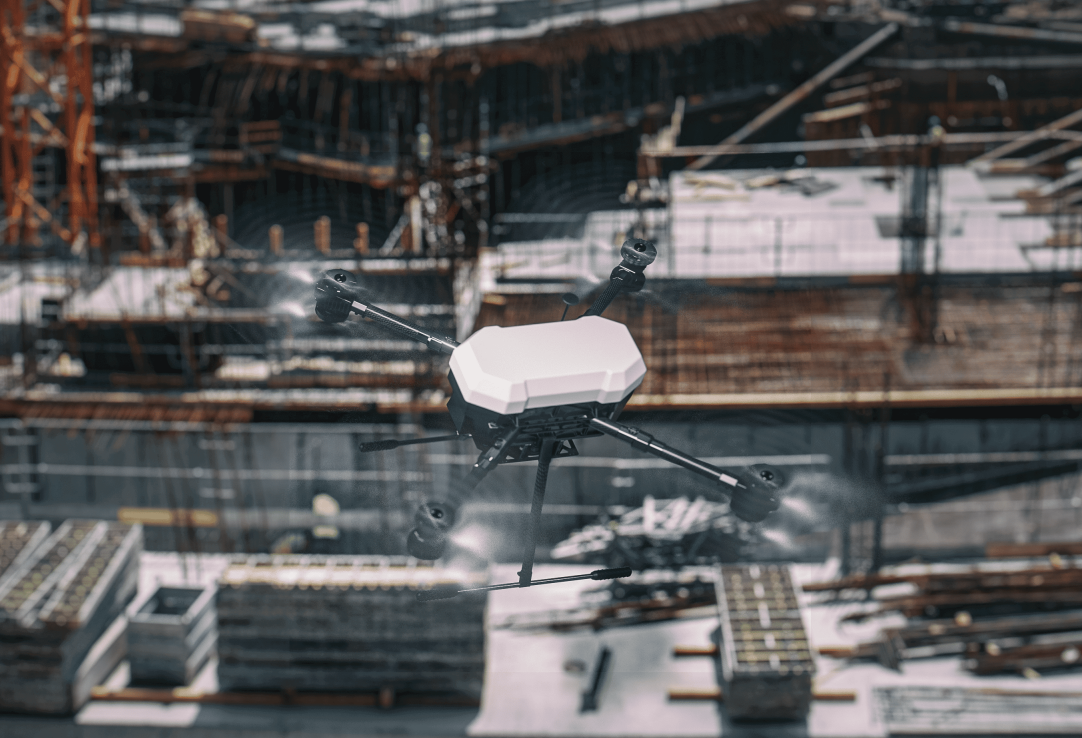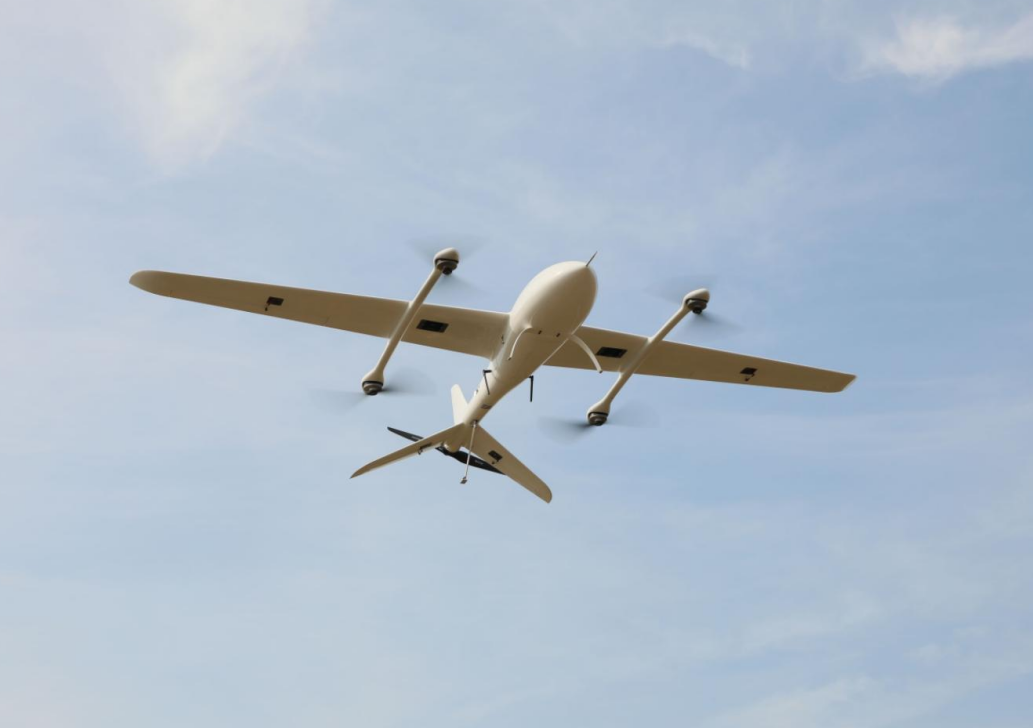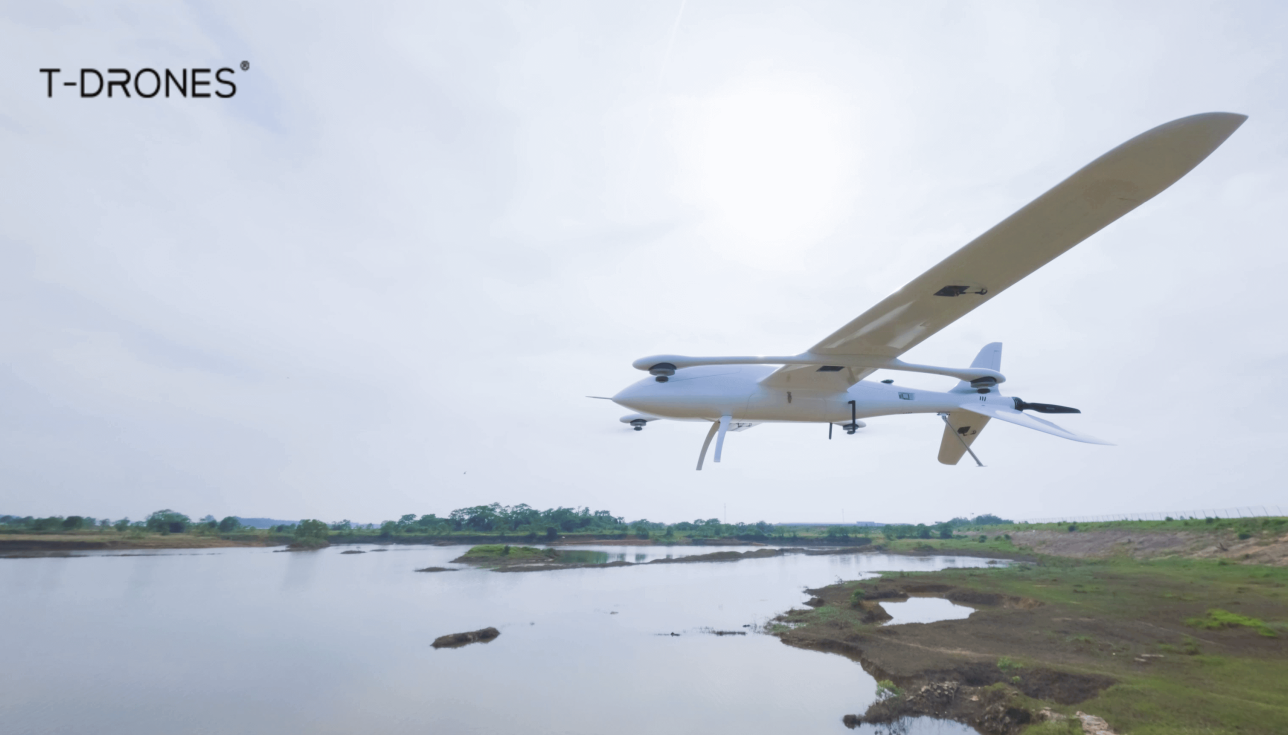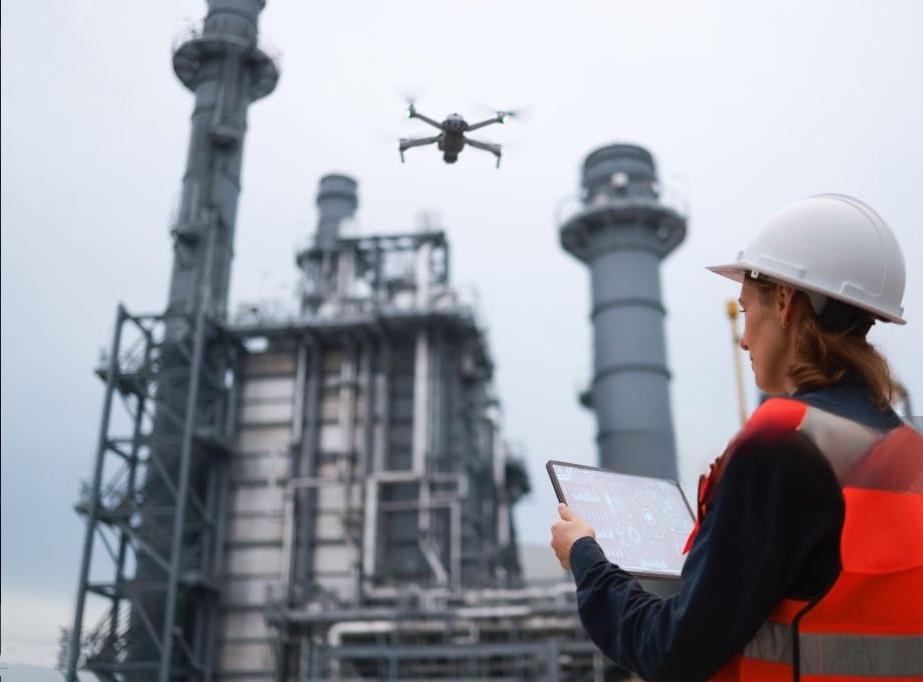With the continuous development and progress of technology, UAVs have been applied by humans in all walks of life, especially in the industrial field. On the one hand, drones working in the industrial field can save time and manpower to improve work efficiency. On the other hand, drones have replaced humans in doing high-risk jobs, bringing great convenience to humanity.
In this article, we will conduct in-depth research on the advantages of applying UAVs in the inspection field and explore the types of inspection UAVs, comprehensively understanding the optimization of inspection UAVs in industrial applications.
What is industrial drone inspection?
Industrial drone inspection refers to the use of UAVs equipped with advanced sensors (such as cameras, LiDAR, thermal imaging, etc.) to assess infrastructure, equipment, and facilities—replacing or supplementing manual inspections. These drones capture high-resolution data, enabling faster, safer, and more cost-effective monitoring of industrial assets. This advanced technological integration assists to conduct detailed inspection applications from a secure vantage point, ensuring comprehensive analysis without the need for direct human intervention.

How are drones used for inspections?
The application of UAVs in the inspection industry is one of the indispensable tools for industrial inspection. The use and operation of inspection drones require a complete workflow. Only by following these processes can the inspection work be completed effectively and accurately.
1. Preparing for inspection work
Define Objectives: Determine what needs inspection (e.g., power lines, pipelines, roofs).
Regulatory Compliance: Check local drone laws and obtain necessary permits.
Site Assessment: Identify hazards, no-fly zones, and optimal takeoff/landing spots.
Weather & Environmental Check: Ensure safe flying conditions (wind speed, rain, visibility).
2. On-Site Execution
Flight Setup:The determination and inspection of the weather for ground control points.
Autonomous Flight:Pre-programmed routes via mission planning apps, and adopts real-time obstacle avoidance.
Data Capture:Data acquisition is carried out through methods such as visual inspection, thermal imaging, and lidar scanning.
3. Analyze and feedback data
When obtaining and organizing the data analysis, the ways that can be adopted to locate some problems or anomalies are:
Comparative analysis
Point cloud analysis
Data clustering

What are the benefits of using drones for industrial inspection?
Drones inspection represents a new breakthrough in the mature development of industrial UAV technology, enhancing the safety of manual monitoring and reducing more challenges.
Reduced risk---Inspectors no longer need to be placed in potentially dangerous situations for long-term inspecting.
Saving costs and time---For some special scenarios such as nuclear power plants and other assets that need to be shut down before inspecting, every second of downtime means a loss of revenue. Utilizing drones to enhance inspecting efficiency can save companies that use these assets in their operations a significant amount of money.
Improved the accuracy---Compared with traditional manual inspection, drones are equipped with high-tech devices such as high-resolution cameras and lidars, which can provide more detailed and accurate data in each inspection.
Increased inspection frequency---Drone inspection saves costs and greatly improves work efficiency, allowing for more frequent inspections of facilities compared to traditional manual inspection.
What types of industries use drone inspection?
There are a lot of advantages of drone inspection, so it is gradually being applied more and more in the inspection industry. They are mainly divided into these types:
Visual inspection
Usually, drones are equipped with high-pixel cameras that can promptly provide feedback on abnormal problems such as corrosion or cracks that occur during detection. The T-DRONES VTOL VA32 has an ultra-long endurance, bringing convenience to the detection work.

Non-Destructive testing
A detection technology for defects, chemical and physical parameters of materials, parts and equipment by using principles and technical instruments such as rays, ultrasonic waves, infrared rays, electromagnetic waves and terahertz without damaging or affecting the usage function or operating state of the inspected object.
Indoor inspection
Some enclosed or narrow and relatively dangerous indoor spaces also require the assistance of drones to complete inspection work, such as chemical, electrical, and mining facilities, which are inaccessible to humans. Equip drones with devices such as radars or GPS. Some drones are even specially equipped with anti-collision facilities, so that they can freely carry out inspection work indoors
Leak detecting
The leakage of industrial gases or liquids can cause environmental pollution. Regular detection of leaks is one of the important tasks in industrial production.
Drones equipped with advanced sensors are revolutionizing leak detection, offering safer, faster, and more cost-effective solutions for oil & gas, water utilities, and chemical plants.

Conclusion
Drone inspection has become a participant in various industries, laying the foundation for a safer and more efficient future. UAV detection technology reduces costs and risks for industry and agriculture, and greatly improves work efficiency. The future trends of drone inspection will be advancements in autonomy, AI-driven analysis, enhanced sensors, cluster technologies for collaborative inspection, and integration with Internet of iot platforms to achieve real-time monitoring. With the advent of a new era where precision and safety compliance are at the forefront, the industrial drone inspection market will also be in an unprecedented upward phase.
